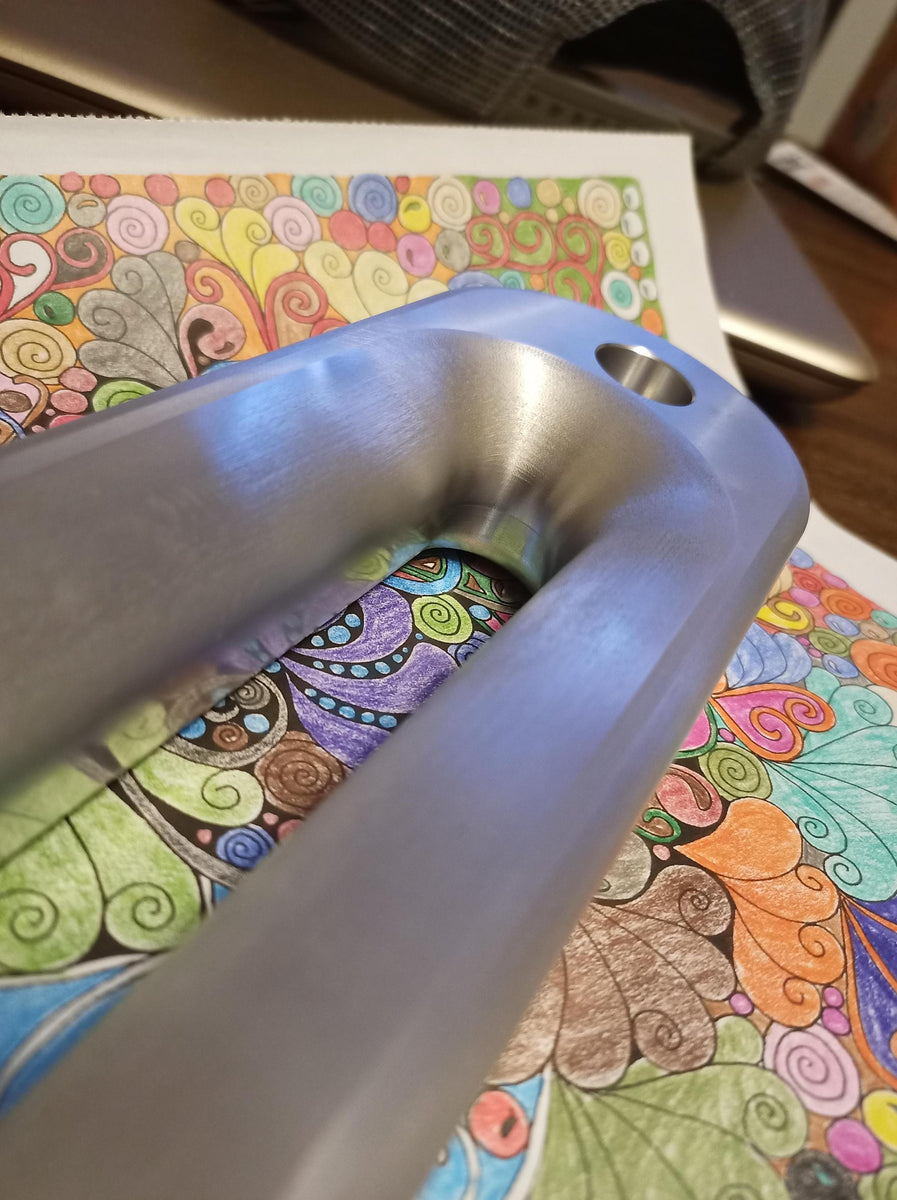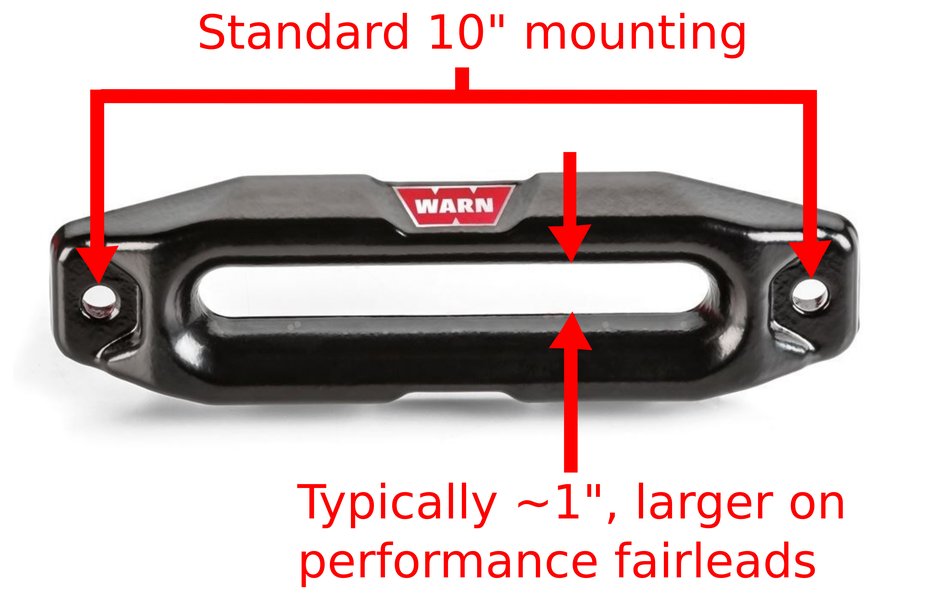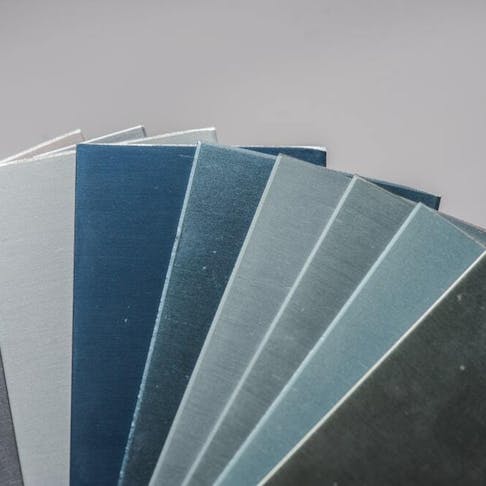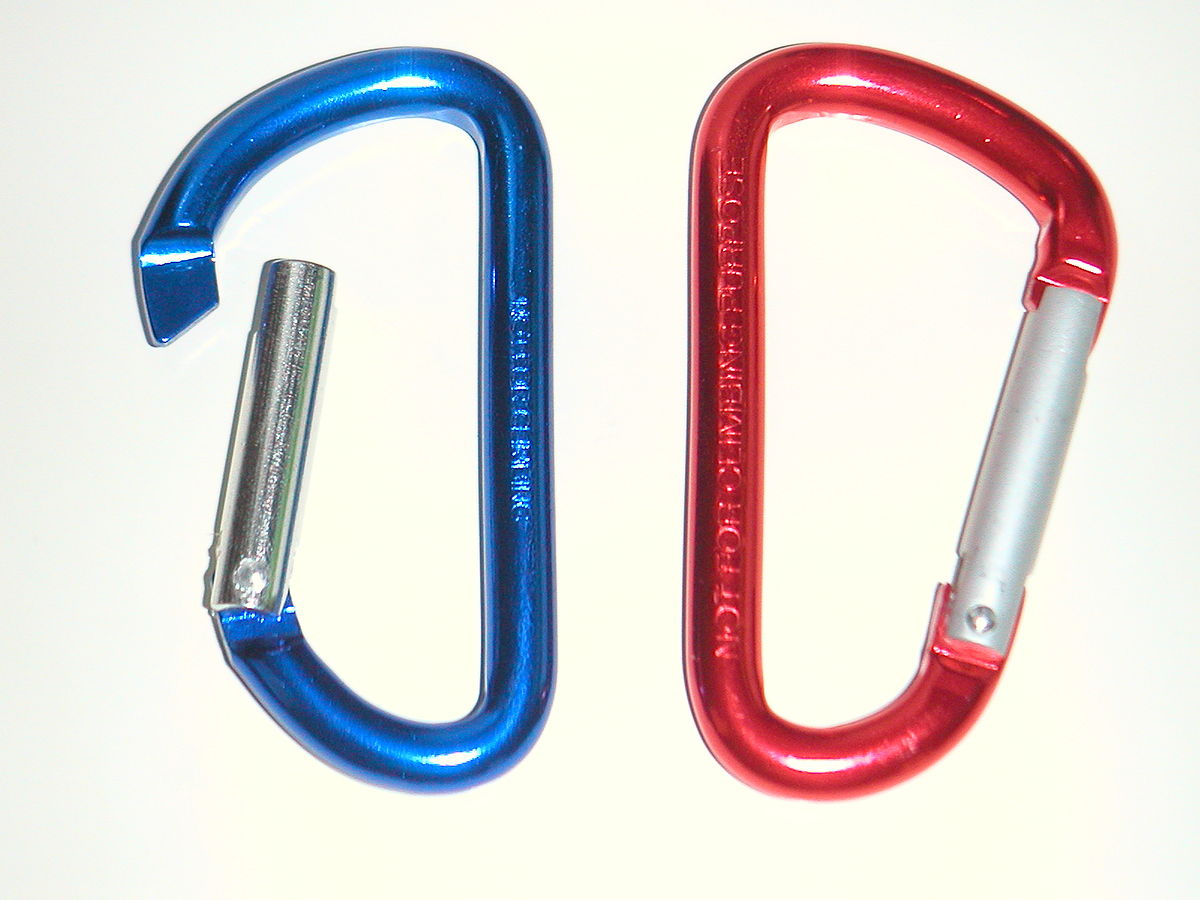I've had parts anodized so I'm aware of the proces and challenges of surface prep. After anodizing due to the added thickness threaded holes where chased with a tap to reduce galling.
I never noticed the surface changing from RA16 (220grit) RA 32 (180grit).....less than a micron which a line would quickly remove the high points from.
The quote below is from here
All the info on this useful process that can make metal stronger and more attractive
www.xometry.com
What is the Importance of Anodizing?
Anodizing provides many key benefits to metals. The most important benefits are increased wear resistance, increased corrosion protection, and aesthetic improvements. Anodizing creates a thin layer of oxide on the surface of a metal, which is much more resistant to wear and tear, as well as protecting against corrosion. The surface created by the anodizing process also makes metals more suitable for dyeing and painting, allowing metal surfaces to be transformed into a variety of colors. Unlike other metallic finishes, anodizing allows the metal to retain its metallic appearance.
The quote below is from here

en.wikipedia.org
Sulfuric acid (Type II & III)
Sulfuric acid is the most widely used solution to produce an anodized coating. Coatings of moderate thickness 1.8 μm to 25 μm (0.00007" to 0.001")
[17] are known as Type II in North America, as named by MIL-A-8625, while coatings thicker than 25 μm (0.001") are known as Type III, hard-coat, hard anodizing, or engineered anodizing. Very thin coatings similar to those produced by chromic anodizing are known as Type IIB. Thick coatings require more process control,
[6] and are produced in a refrigerated tank near the freezing point of water with higher voltages than the thinner coatings. Hard anodizing can be made between 13 and 150 μm (0.0005" to 0.006") thick. Anodizing thickness increases wear resistance, corrosion resistance, ability to retain lubricants and
PTFE coatings, and electrical and thermal insulation. Type III should not be dyed or sealed to maintain its wear resistance. Sealing will reduce this greatly. Standards for thin (Soft/Standard) sulfuric anodizing are given by MIL-A-8625 Types II and IIB, AMS 2471 (undyed), and AMS 2472 (dyed), BS EN ISO 12373/1 (decorative), BS 3987 (Architectural). Standards for thick sulphuric anodizing are given by MIL-A-8625 Type III, AMS 2469, BS ISO 10074, BS EN 2536 and the obsolete AMS 2468 and DEF STAN 03-26/1.









